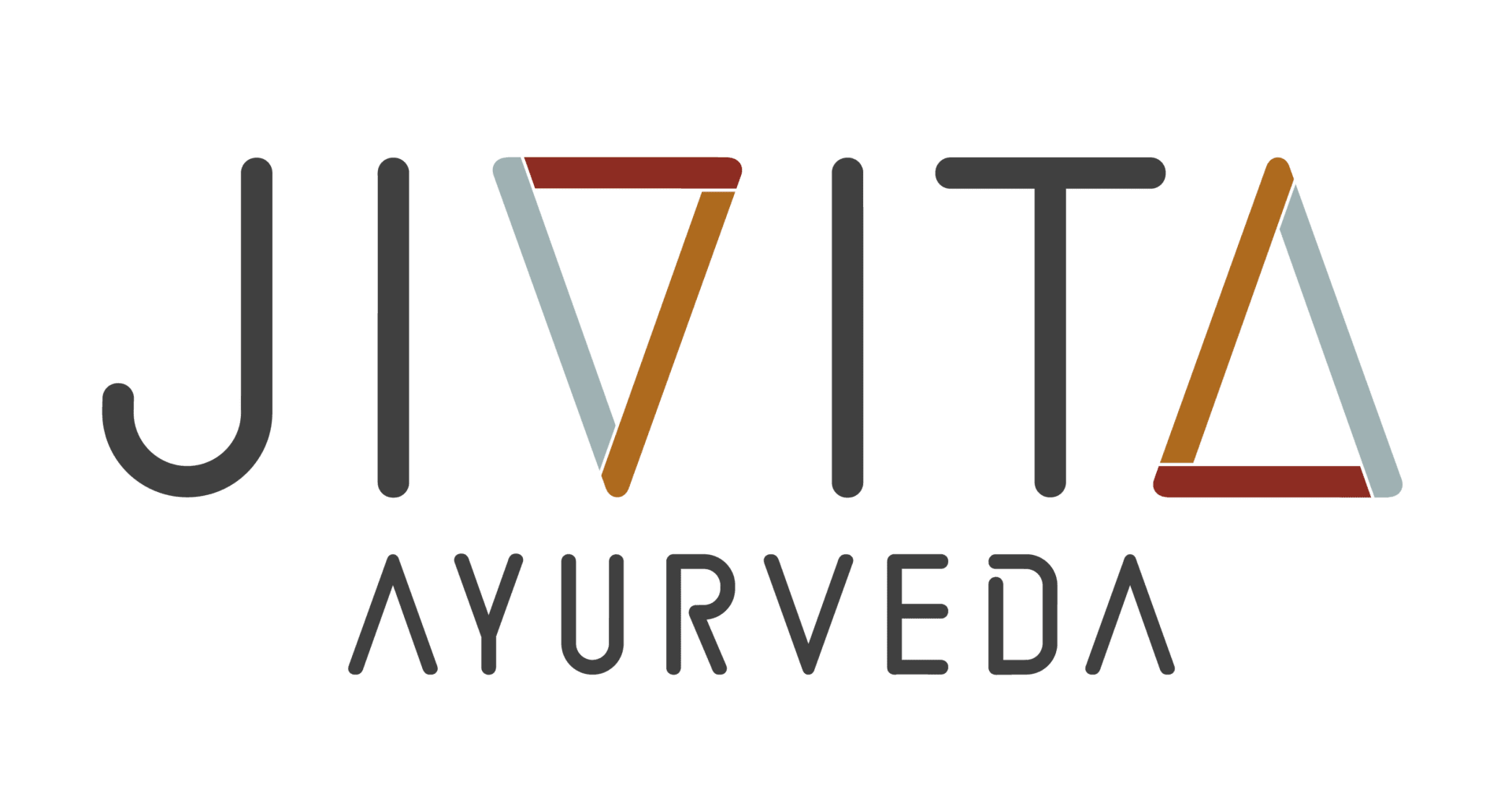I was once engaged in an interesting conversation on herbs and their medicinal properties with someone who had just retired after a long career in a well-known pharmaceutical company. Although quite skeptical of alternative healing methods, he was still curious to hear what Ayurveda had to offer. One of the things he asked me was whether Ayurveda was empirical or based on philosophy. He meant whether it was a system of belief rather than something based on hard evidence. My answer to him was that Ayurveda is both a system of belief and is based on hard evidence, just like modern science. But there is a significant difference in the approach with which these two systems observe the universe.
The premise of modern science is that knowledge is an experience based on sensory perception. Empiricism is a theory where truth is verifiable by sensory experience and the experience can be repeated over and over again with the same results. In this context, we should expect the same results from, for example, a flu jab in every human, or the same kind of nutritional benefit from a carrot in anyone who eats one.
Ayurvedically speaking, we more or less agree. We experience the universe through our senses, either through direct observation or deduction. We see, hear, smell, touch, and taste things and can see that they exist. Or, we see the effects of phenomena like electricity or the mind and decide they exist by causality.
What is different, first of all, is that Ayurveda agrees that there are things and phenomena that cannot be perceived through the senses or logical reasoning. Knowing can also come to us through intuition. In this respect, the modern scientific approach is not only reductive but negates the possibility of higher learning, which is the key to understanding the nature of the universe and how it evolves.
Secondly, the Ayurvedic approach is an ancient empirical scientific method of observation through the dynamic nature of things. Everything is a process. Nothing is stable, and the conditions of any event are always different. Therefore, the modern scientific method of randomised control trials is partially flawed because the exact conditions can never be repeated faithfully. Real-life experiences have a lot of variables, which are hard to control.
On this premise, everyone will behave differently, in a unique way, toward anything they encounter on their way. So how can that be empirical? How can we ever measure anything when variables change all the time? The answer lies in sensory experience.
In mainstream education, we learn to look at what things are made of and what the component parts of things are. With this, we try to understand the nature of things and classify them accordingly. What I see, for example, now whilst writing, in front of me, is a cotton cloth on a wooden table and a wall made of bricks. Or I see a cup of steaming rooibos tea, H₂O with highly antioxidant tea leaves.
The level of antioxidants, and what things are made of for that matter, has not much relevance in Ayurveda because, ayurvedically, we observe the universe through its qualities. What is important is how things feel. The cotton cloth is soft, the bricks on the wall are hard and cold, the tea in the cup is hot and moist and the table underneath is stable and hard to the touch.
Qualitative knowledge comes from experience through the five senses. The clues to the nature of substances come when we feel things as hot or cold, dry or moist, heavy or light, etc. With this qualitative information, we want to understand what kind of relationship we are going to form with anything we come in contact with.
Through qualities, we can understand the nature of things we wouldn’t even be able to grasp from the viewpoint of modern science. We do not know everything in the universe, but we can always understand how things feel. For example, with food, even without knowing how many carbs, proteins, and fats it contains, we can retrieve information on how it is going to behave in our body just by looking at its qualities. If tea is hot in my cup, it will warm me up. If it’s iced tea, it will cool me down.
Everything in the universe can be qualified somehow. Everything our minds conceptualise exists because we can qualify them: tables, bricks, dreams and thoughts. Our senses can feel objects that are in the gross material world but also in the subtle energetic world.
For the rational mind, there is no other way of knowing than through the five senses. The qualities of things open up to us through observation with sight, touch, hearing, taste and smell. These faculties exist in both gross and subtle realms of experience.
So what is the value of this alternative way of observation through qualities? It is in nature. Nature balances itself through opposites. Opposite qualities like hot and cold. We cannot find an opposite, say, to coffee, or an opposite to milk based on their nutrient content. But we can find an opposite to some or many of their qualities. In fact, coffee and milk are almost exact opposites in their qualities, and no wonder they balance each other so well.
It is empirically true that dry always reduces moist. It is valid that heaviness balances lightness. Heat always regulates cold, but to what extent depends on the case. Some people just tolerate heat better than others. The defining factor is their feeling and that can depend on what they’ve eaten, what emotional state they are in, or whether they’ve just exercised and so on.
Qualitative approach gives us a flexible way to observe the universe, to understand better how we relate to everything around us and to make sensible decisions to stay in balance, prevent illness and heal.
Ayurveda honours the specific situation as a starting point through governing qualities. There is no need to isolate the variables but to count them as defining factors in achieving results in any given moment. It is the particular qualities of any situation that determines the line of treatment—healing and rejuvenating, strengthening and empowering.
Therefore, in healing the body and mind, we start by finding the qualities present at that specific moment. Is there excess heat or cold, dryness or moisture, lightness or heaviness? If any of these are found in excess, we apply the law of nature, which is the principle of opposites.
Everything is circumstantial, everything is relative and nothing is stable. Situations vary and their qualities change character. What stays is the balance through opposites: opposite qualities observable through the five senses.
So, what about the philosophical part then? Let’s start by asking is modern science based on a belief system? The prevalent culture of scientism is a system of belief because there is no absolute empirical certainty that science will give an answer to the meaning of life. Modern science, which moves ahead with the principle of “valid until proven otherwise,” has to accept the fact that what we know now might change tomorrow.
In addition, some aspects of life and the nature of truth can only be conceptualised and that knowing can happen on another level of consciousness. Ayurveda recognises the possibility of knowing the ultimate truth, but this does not happen through the use of the rational mind. It happens by expanding consciousness, by taming the mind and by overcoming its power so that existential clarity can be achieved. And there is no empirical way to prove this because it is a subjective journey for each individual. There is potential for everyone to achieve this, but can happen in as many ways as there are humans on the planet. These experiences can be shared and whoever has gone through this process agrees on one thing: the rational mind, through the use of the senses, is not able to describe the experience in one specific formula.
It took time for me to open my Ayurvedic eyes and to start observing the universe from a different angle than I was used to. I made a paradigm shift in the way I look at myself and the environment my body and mind communicate with. I also realised that Ayurveda is not, as the name and origin suggest, an Indian system of healing (although codified there) but a universal way of interpreting the world around us and finding balance in every specific moment.
I was happy also to open the eyes of my two-hour pharmaceutical acquaintance to this kind of approach. We agreed that modern and Ayurvedic science are by no means mutually exclusive, just two different ways of observing the beautiful universe around us. They both aim for the same purpose: finding the answer to the question of what the purpose of it all is. But while modern science finds it difficult to accept what the senses cannot directly observe, Ayurveda recognises a space of higher knowledge, which transcends the body, the senses and the mind.
Anu Paavola
More Posts

SAD – Seasonal affective disorder
In states of fear, our physiology reroutes blood flow to the brainstem, the reptilian brain responsible for fight-or-flight responses, at the expense of the forebrain, particularly the frontal lobe.

Chronic Pain Management Crisis
the future of chronic pain management must become system-based, focusing on restoring self-regulation rather than merely silencing symptoms. Safety and comfort are not luxuries but therapeutic imperatives.

Nourished by more than food
Whether through strained relationships, emotional turbulence, or simply being surrounded by agitation, the body’s internal rhythms are deeply impacted by the company we keep.

How to connect with nature
Remarkably, this sense of connection is not elusive or abstract. It begins with something simple and accessible: the timing of our daily actions.
